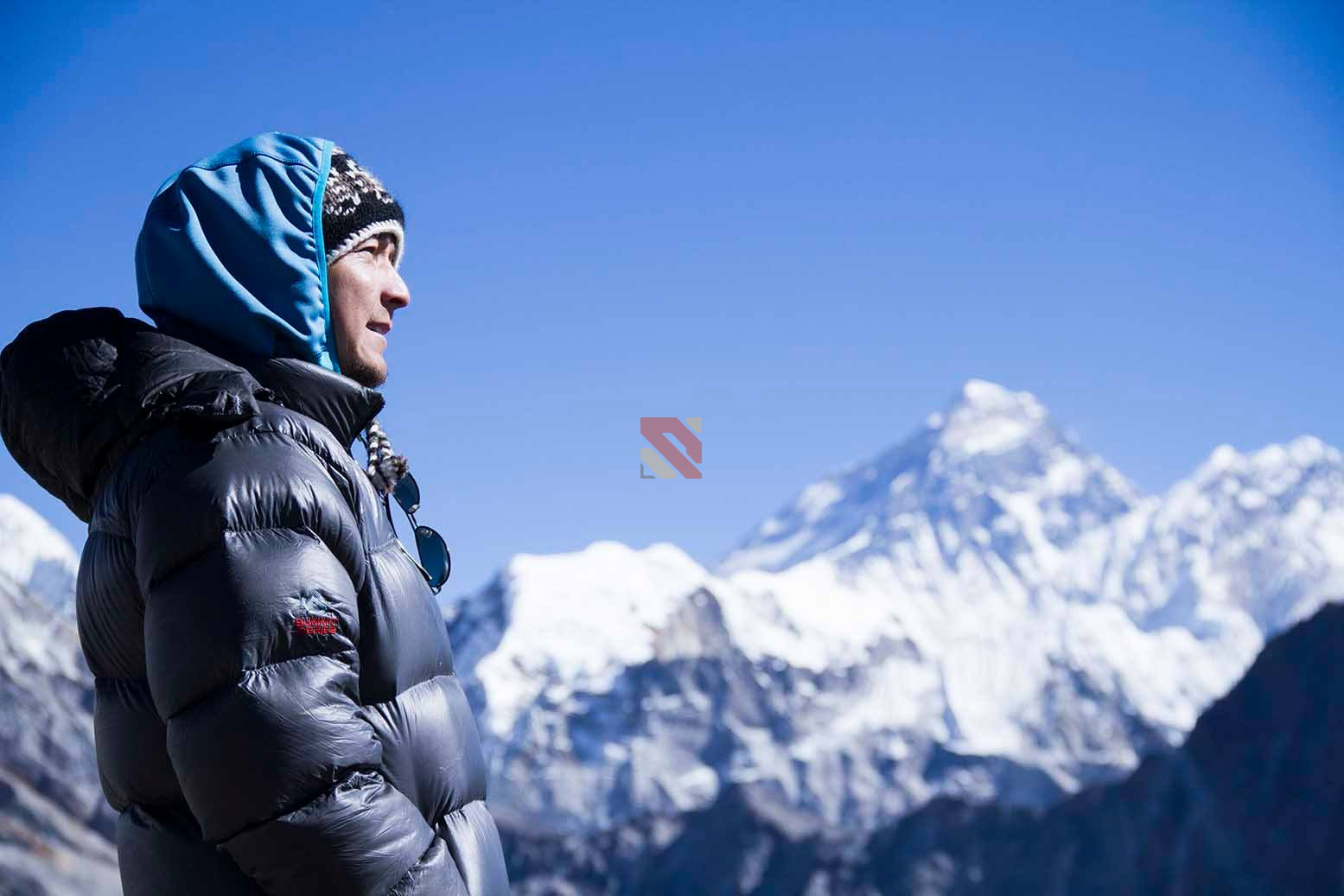Photographing Chhyam Puja at Yalbang Gumba, Humla: A treat of natural beauty and cultural heritage

Gorakh Bista, Saturday, September 18, 2021 ( Published on OnlineKhabar.com)
The Covid-19 pandemic was raging everywhere. People were locked inside the house. Amidst all this chaos, I reached Humla in April 2021. To be precise, the Namkha Khyangzhong Gumba (Yalbang Gumba) of Humla was my destination. The annual Chhyam Puja there had attracted me there.
It was not my first time at this monastery. My maiden visit was 15 years ago to Kailash Mansarovar from Simikot. Similarly 2011, I walked the Simikot -Hilsa-Limi section on the Great Himalayan Trail. At that time, motor roads did not touch this area.
It took four days to reach Hilsa from Simkot and two more days to reach Yalbang Gumba on foot. There were herds of buffaloes, sheep, and goats on the way. Some were going to Taklakot with rice and pulses to get salt back, while others were returning from Taklakot with salt and wool. However, such scenes have become rare after road transportation has reached there.
This time, I traveled from Kathmandu to Nepalgunj, then to Namkha Khyangzhong Gumba via Simikot. Since the flight was uncertain, we had already started our journey before the puja started. After reaching there, open mountains and warm and blooming spring filled my heart with enthusiasm and happiness before I got to observe a grand cultural event.
The splendor of snow
Coincidentally, it started snowing when we reached Yalbang. I love to play with and touch the snow.
The day of Chhyam Puja came. On the day after the rain, the sky looked wide and open. With the vast, infinite blue sky in the background, the mountain looked majestic. I reached the monastery as early as 6 a.m. There was an eternal kingdom of snow.
The rays of the early morning sunlight painted the monastery golden. A lump of melted snow fell from the monastery’s roof. The sound of chanting came from inside the monastery, and outside, it was mostly quiet.
Above the monastery was a dense forest of angular pine trees, all covered in white snow. Above the forest, eagles and crows flew freely in the open sky.
The snow-covered pine forest allured me, and I went straight to the forest with the camera lens. The mixed sound of the Karnali river and the wind sounded musical.
Several musical instruments were playing loudly in the monastery. People gathered around the monastery. And I also joined their crowd.
The monastery was decorated with pomp. To its right were precious Thangka paintings. On the left, Rinpoche and the guests, and in front, the villagers, all wearing masks, were sitting quietly.
Soon after that, a stream of people dressed in very attractive clothes came out of the monastery’s door, followed by the playing of musical instruments. They started dancing, making a circle in the empty space in front of them. I also immediately rushed to capture this scene with my camera.
A different dance
The first dance continued for an hour, and it was very calm, gentle, and grand. When the fifth dance was over, the atmosphere suddenly deteriorated. All of a sudden, a loud noise came from inside the monastery.
Some ghosts emerged from the monastery, dancing, jumping, fighting, shouting, and playing thunderous instruments. They jumped up and came to the place where the devotees were sitting.
In a way, the atmosphere was tense and fearful. But there was nothing to be afraid of because the dance carried the main message of the Chhyam puja.
Explaining the meaning of the dance, the monastery’s founder, Rinpoche Guru Pema Riskal, shares, “According to Buddhist scriptures, until the 49th day after our death, we do not take any new birth. We see a lot of scary things. At that time, hunger and thirst haunt us.”
According to him, earlier in that period, a flash of half what one would of the people be in the next birth and half of what they were born in came to mind. As time passes, various thoughts come to mind. They cause many frightening illustrations of anxiety to appear. It makes you panic. From there, the road to heaven and hell is decided.
You will suffer for many days if you do not recognize that what you see is yourself and your own shadow. Therefore, one should look at their shadow with reverence and understand that that frightening illustration that can be seen for 49 days is one of many forms of Guru Padmasambhava, which is seen due to the nature of Buddha. This is something we have already seen in the Chhyam.
There is no fear after realizingst a form of Guru Padmasambhava that this is ju. This is an opportunity to get acquainted with the Buddha. At the end of the dance, Guru Padmasambhava comes in front and blesses us. Then, it is believed that sin is removed and virtue is attained.
Eight Bajra dances based on the biography of Guru Padmasambhava are performed during the Chhyam Puja. This puja, which has been performed for thousands of years, has been performed uninterruptedly at Namkha Khyangzhong Gumba Yalbang for the last 13 years. The Chhyam Puja should be promoted religiously and in terms of tourism.
I myself am a resident of Humla. But, I learned about Chhyam from Dr. Janita Gurung last year.
Related Articles & Resources

January 19, 2025
Nature is his frame
Pinki Sris Rana Published at : November 28, 2022 Updated at : November 28, 2022 16:40 Kathmandu Gorakh Bista...
